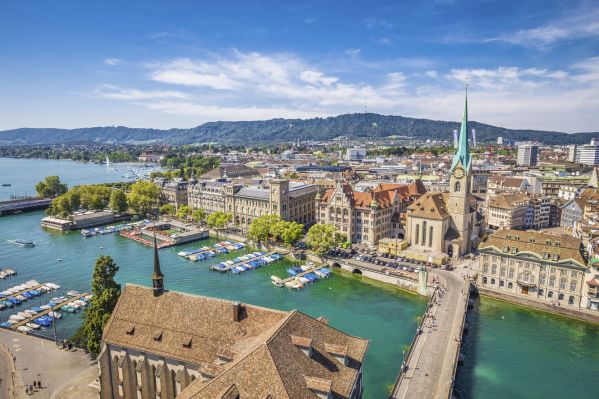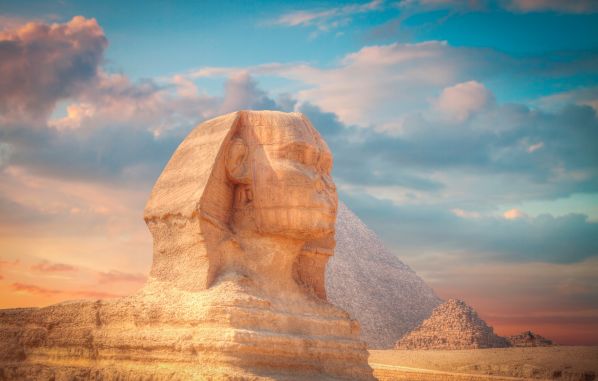Special 7 wonders of the world: The Great Wall of China

The Great Wall of China is an engineering masterpiece and an iconic symbol of human resilience . Stretching over 21,000 kilometers, including all its branches, this modern Wonder of the World combines history, architecture, and breathtaking scenery, making it a dream destination for travelers from around the globe.
Recognized as a testament to human ingenuity and the desire to protect what is one's own, the Great Wall was initially built as a military defense , but it also functioned as a trade, cultural, and strategic route .
This colossal structure, with architecture that varies from brick and stone walls to sections of packed earth , crosses mountains, valleys and deserts , offering a unique experience for those who visit it.
The Great Wall of China stretches across several provinces in northern China, from Jiayuguan Pass in the west to Shanhaiguan in the east , where it meets the Bohai Sea. Although many parts of the wall are in ruins, the restored sections near Beijing , such as Badaling and Mutianyu , are the most accessible and popular with visitors.

Origin and history: centuries of construction
The history of the Great Wall dates back to the 7th century BC , when independent states began building fortifications to protect themselves from invasions. It was during the Qin dynasty (221-206 BC) that the initial sections were unified under the rule of Emperor Qin Shi Huang .
However, much of the current structure dates from the Ming dynasty (1368-1644) , when the wall was rebuilt with stronger materials and watchtowers were added .
The Great Wall not only protected China from invasions, but also regulated trade and demonstrated the empire's power . Its history reflects an evolution of purpose and an incredible dedication that lasted for centuries.

Why is it one of the 7 wonders of the modern world?
In 2007, the Great Wall of China was named one of the New 7 Wonders of the Modern World through a global vote organized by the New7Wonders Foundation . This recognition not only celebrates its magnitude and historical significance, but also its ability to inspire generations of travelers.
The choice underscores the cultural and architectural impact of this structure, which is also a UNESCO World Heritage Site and, despite the passage of time, remains a symbol of human perseverance .

What to do and see at the Great Wall of China?
The most visited section of the Great Wall of China is Badaling . Restored, it is the most accessible from Beijing. It is ideal for beginner hikers , offering panoramic views and easy trails .
Mutianyu , a more tranquil experience, is perfect for those looking to avoid the crowds . This section also offers a touch of adventure with its cable car and toboggan runs , making the experience even more exciting.

For hikers, Jinshanling is perfect. This stretch combines restored and original sections, making it an ideal spot for those who enjoy long walks and capturing stunning landscape photos .
Legendary passes like Jiayuguan , located at the western end of the wall, are favorites among Great Wall history buffs . It marked the end of the structure during the Ming dynasty , symbolizing entry into or exit from imperial territories.
The watchtowers and fortresses are a must-see. These imposing structures not only protected soldiers but also served as strategic observation points to ensure security in the region. Plus, they're incredibly Instagrammable .

Five interesting facts about the Great Wall of China
- It is not visible from space : Although it is popularly believed that the Great Wall can be seen from the Moon, this is a myth. However, it can be visible from low Earth orbit under ideal conditions.
- The actual length is astonishing : Including all its branches, the wall stretches for more than 21,000 kilometers, equivalent to half the circumference of the equator. Interestingly, a study conducted two decades ago estimated its length at 8,850 kilometers.
- A "wall of sacrifice ": It is said that thousands of workers died during its construction, and some legends say that their bodies were buried inside the wall.
- The greatest work of human engineering : Besides its scale, what makes this wall even more wonderful in terms of engineering is that some sections are built on slopes that have an inclination of up to 45 degrees.
- A literary and artistic inspiration : The wall has been mentioned in poems, novels and films, perpetuating its cultural legacy.

Practical tips for your visit
- When to go : The best times are spring (April-May) and autumn (September-October), when the weather is comfortable and the landscapes are at their best.
- Clothing and footwear : Wear comfortable shoes and clothing suitable for long walks.
- Avoid the crowds : Arrive early or choose less crowded sections like Simatai or Gubeikou.
If you're looking for a trip filled with adventure, learning, and architectural wonders, the Great Wall of China awaits you, ready to connect you with centuries of history, human endeavor, and cultural legacy . A destination that will take your breath away!
You might also be interested in: What to do in Phuket, the pearl of the Andaman Sea




















